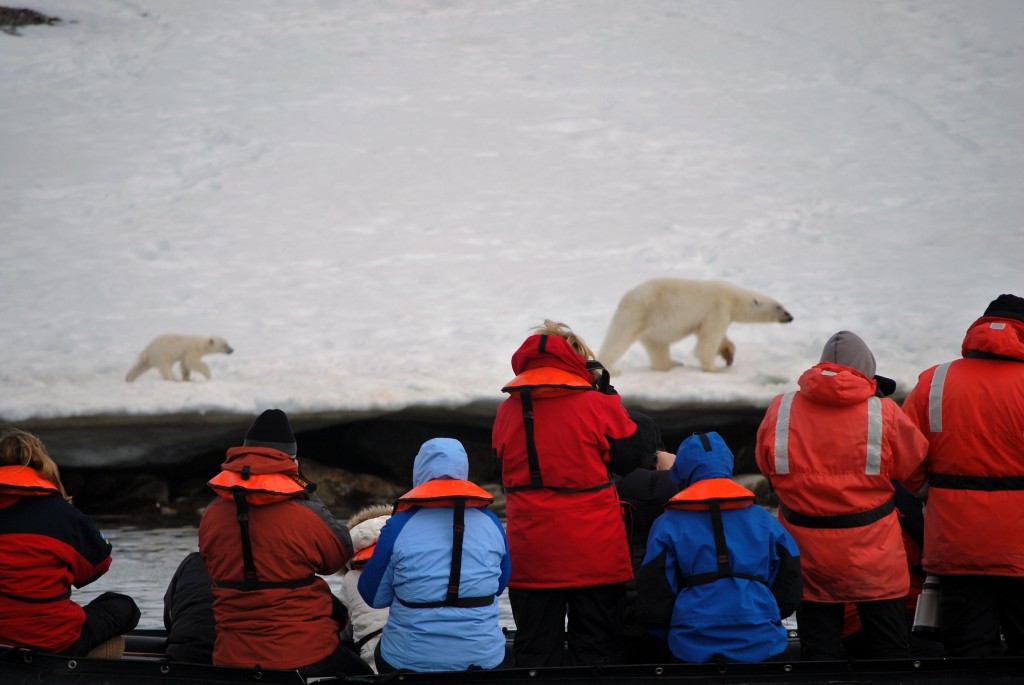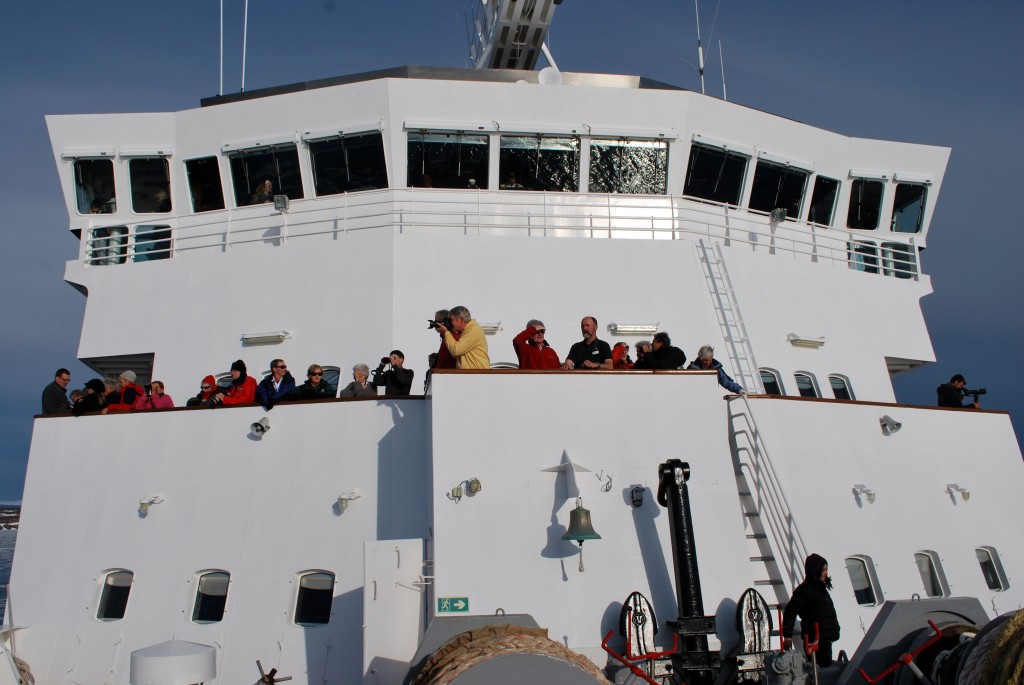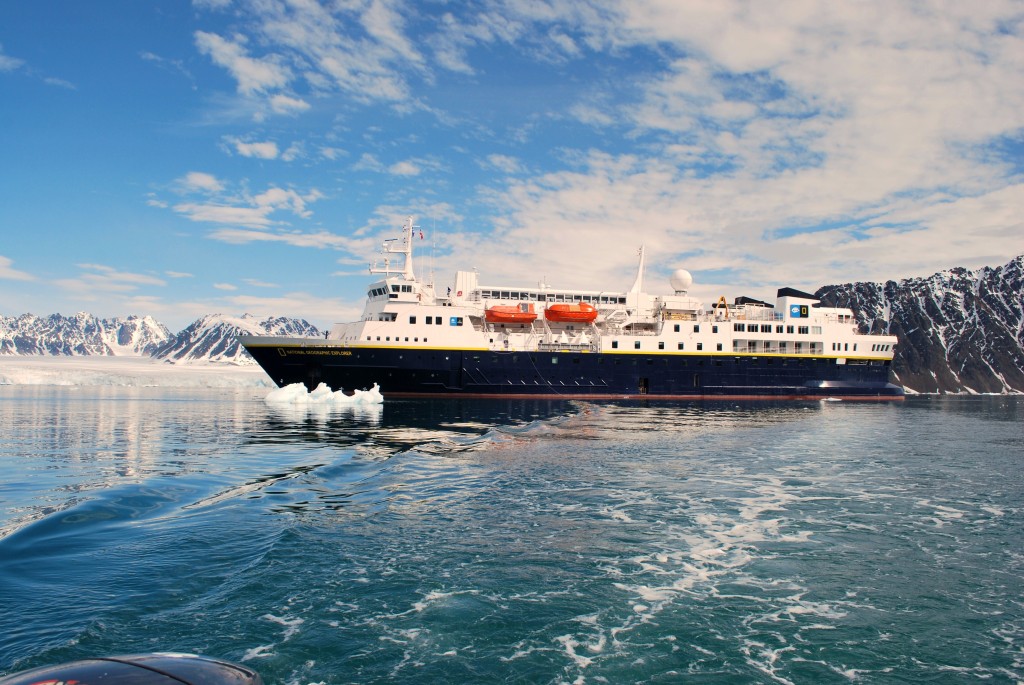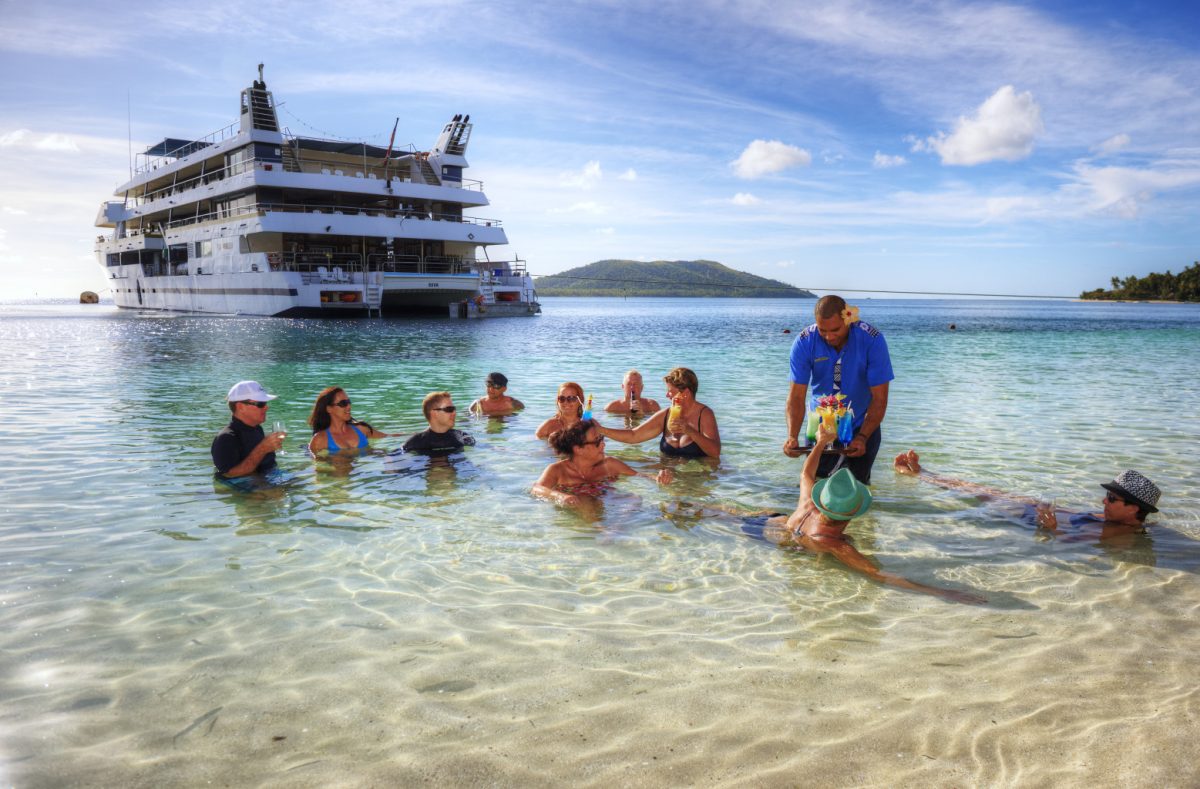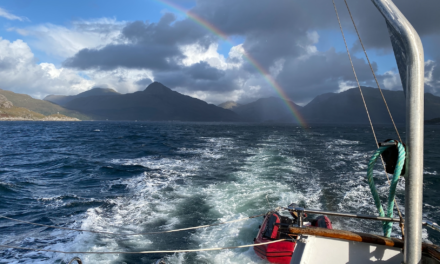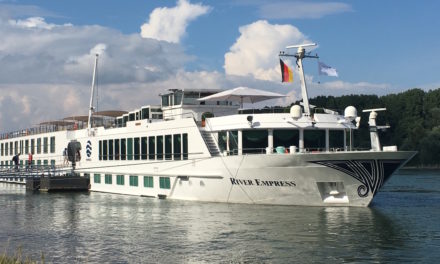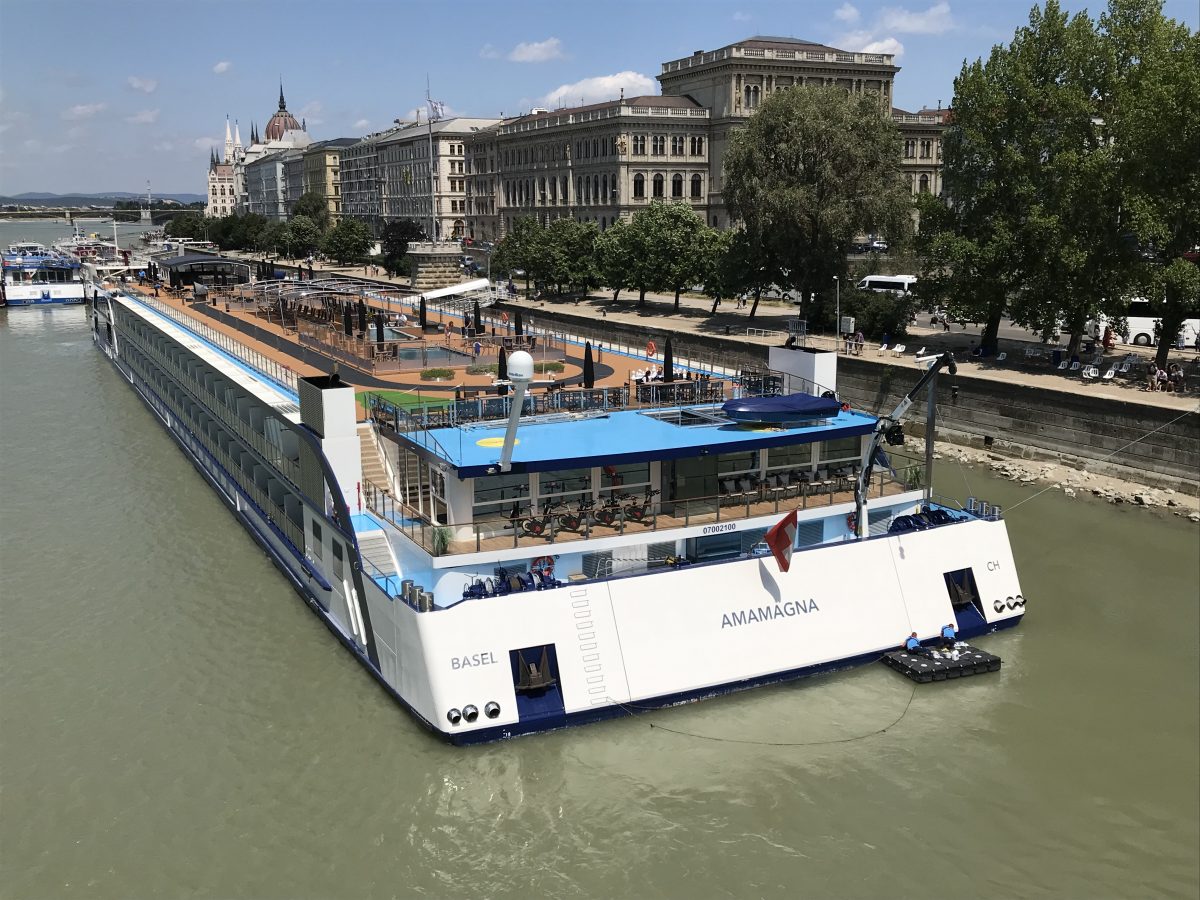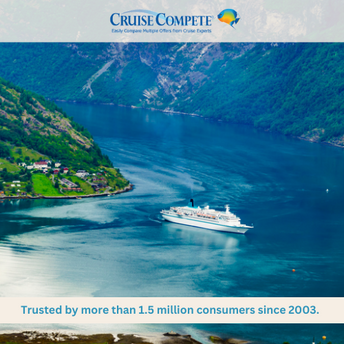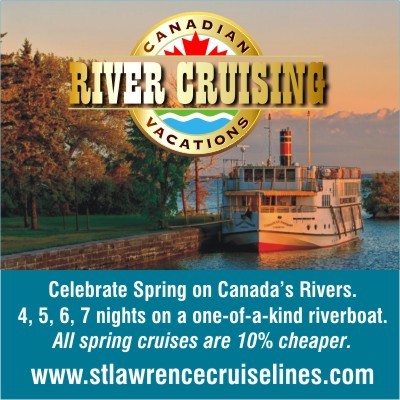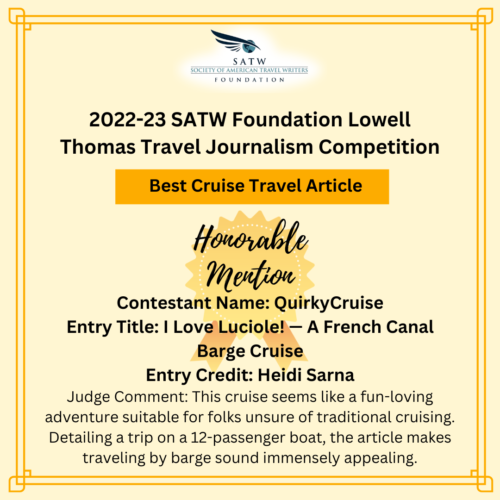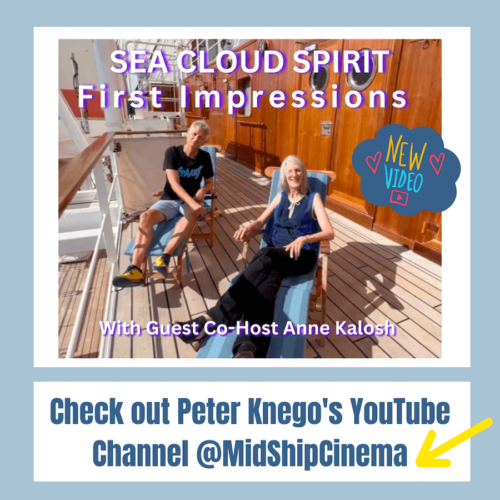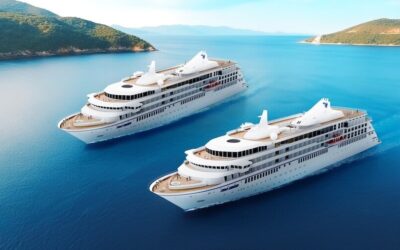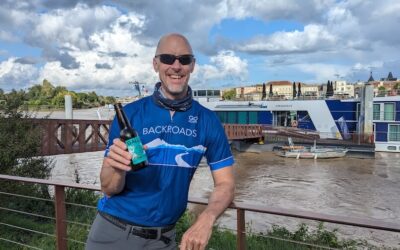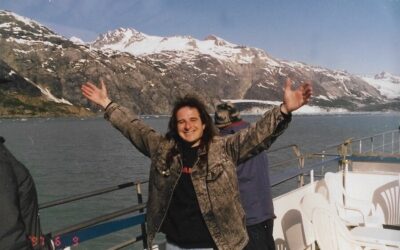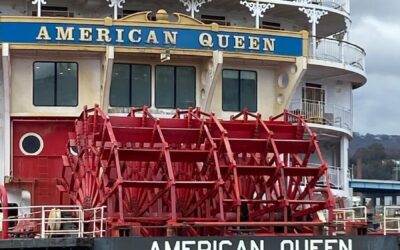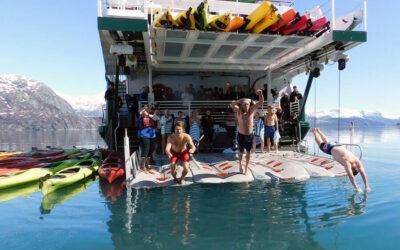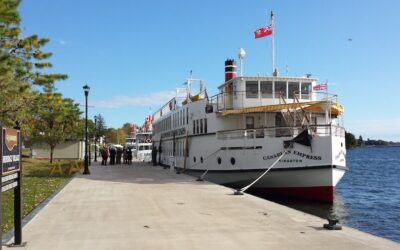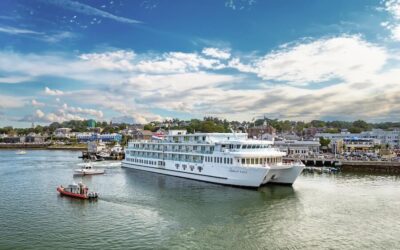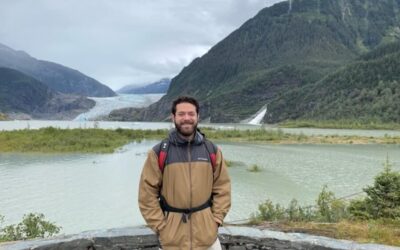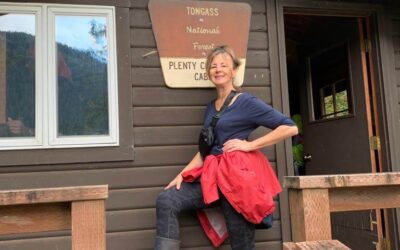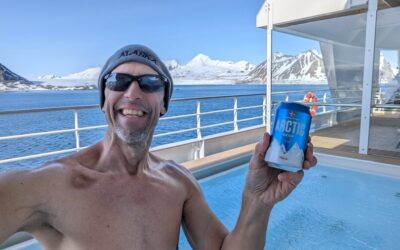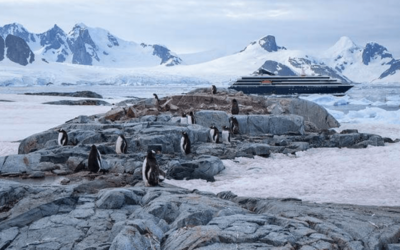By Ted Scull.
Leafing through a small stack of brochures touting expedition cruises, I stopped short at the name Svalbard. Looking at the map more closely, I also saw the more familiar Spitsbergen, recognizing that place as somewhere in the High Arctic north of Europe.
What I knew as Spitsbergen was now just the main island making up Norway’s semi-autonomous region of Svalbard, a territory that the Nordic country acquired in the Treaty of Versailles following World War I. Located halfway between the North Pole and the North Cape, the archipelago is known for its wildlife – polar bears, walrus, seals, whales and birds – all living in a dramatic landscape that includes heaps of snow, pack ice, massive glaciers, jagged mountains and numerous fjords.
Various firms offer expedition-style cruises to the region that lasted a week — much less time and money than a cruise to Antarctica. Also, while in the neighborhood, one could add a bit of mainland Norway and a side trip to Iceland, though I had other fish to fry before my own trip.
As I had sailed with Lindblad Expeditions before, and two other lines I had known had packed up, it was a fairly easy call. The firm, run by Sven-Olaf Lindblad who learned the expedition business from his pioneering father Lars-Eric Lindblad, had a long track record which meant considerable experience in remote waters such as Svalbard.
I opted for the second trip of the season in mid-June when there would still be lots of ice and snow and 24 hours of not just daylight but direct sun. The yellow disk would drop no lower than where it sits at about 5 p.m. on a summer days where I live in New York. Hence, there would be no dusk nor dawn. How cold? We’ll get to that, but don’t worry.
Flying to Svalbard
I got myself to Oslo by plane, train and overnight ferry. Here the trip officially began, appropriately, with a tour to see the Fram, a Norwegian exploration vessel that had ventured to the Arctic and Antarctic before and after the turn of the 20th century. A reception then followed where we met some of the naturalist staff. The next morning we had an easy two-and-one-half-hour charter flight to a place called Longyearbyen.
A gibberish sort of name? Not quite. John Monro Longyear, an American entrepreneur, started Spitsbergen’s coal mining rush at the beginning of the 20th century and the main settlement became Longyear City, then incorporated the Norwegian translation for city – byen.
On our approach, we flew over a whitened landscape with rough bare edges and sharp peaks (spitsbergens) poking skyward. Landing, we boarded several buses for the short trip into the tiny capital.
“We” would be about 130 passengers or close to the National Geographic Explorer’s capacity of 148. Later the passenger list would show mostly Americans but also a scattering from Canada, Britain, India, Singapore and Australia.
Longyearbyen
The main town, population about 2,000, sits in a shallow valley facing Isford and is fringed by slopes dotted with picturesque industrial relics from the coal mining era. As that period wound down, apart from a small Russian mining operation at Barentsburg, the town moved into the tourist mode. Visitors come to Longyearbyen not only to join expedition ships but also for hiking, dog sledding, snowmobiling, and camping.
The formerly dreary collection of buildings has given way to colorful modern housing for families, schools, recreation facilities and attractive shops — vastly different from Arctic Canada’s remote towns and more like those found at Nuuk, Greenland’s capital.
I spent part of the afternoon in the newly reestablished Svalbard Museum with its exhibits relating to the whaling and coal mining days, expedition trips by air and sea to the North Pole that often began here, geology, and wildlife and their protection. A bit later on a short walk up the main street, a couple of reindeer wandered into town to graze on exposed patches of tundra.
Boarding the National Geographic Explorer
The NATIONAL GEOGRAPHIC EXPLORER was ready for boarding by 5 p.m., and we stepped onto an impressive looking ship that Lindblad had transformed from a 30-year-old former Norwegian coastal passenger-cargo vessel into a state-of-the-art expedition cruiser. She replaced the veteranNATIONAL GEOGRAPHIC ENDEAVOUR that has now been transferred to the Galapagos.
For a ship of her type, the NATIONAL GEOGRAPHIC EXPLORER has 81 roomy cabins, all outside and most with large picture windows. Double curtains keep out the 24-hours of daylight. Some have private verandas; 14 cabins are singles; and all come with decent size bathrooms and showers. A nice touch is an atlas open under the vanity-table glass to the specific cruising region.
Dining take takes place in different locales depending on the meal. The forward-facing main dining room hosts all meals with the same menus as the adjoining and more informal bistro. Seating is open, and most passengers come at the start of the serving hours such as 12:30 p.m. for lunch and 7:30 p.m. for dinner. Breakfast sees a wider window of arrivals. Additionally, a light lunch is served in the observation lounge, a longish top-of-the ship domed room that adjoins the equally light-filled library.
Nightly, the naturalist staff and/or ship officers host dinners in the Chart Room, located forward above the dining room, at two tables of eight, and on a cruise of 10 days or more, everyone receives an invitation.
The food is varied and well prepared and caters to both American and European tastes. The soups, seafood, beef and salads are especially good. The wait and cabin staff is Filipino, some having served with Lindblad for many years.
Activities Aboard
The main lounge seats all passengers at once, and every evening before dinner the naturalist staff and passengers gather for drinks, varied hors d’oeuvres, and a recap of the day’s happenings and briefings for the next day’s program. One staffer’s daily video of what strange creatures lay beneath the ship was often the highlight, as wierd they were. A half-dozen plasma screens dotted around the room meant that everyone had good views for these videos, as well as after dinner films that aired complete with commentary.
While this particular trip was not advertised for families, about a dozen children under 18 were aboard, and from time to time, they enjoyed group lunches, films, lessons in operating the Zodiacs, and family excursions ashore. The kids appeared more than content and bonded as the adults did.
For an Arctic expedition, we needed spray-proof pants and boots that came up to just below the knees for wet Zodiac landings, warm jacket or parka, scarf, gloves, knitted cap, and protection for cameras and such. We kept our gear in the Mud Room, a changing space with lockers and benches adjacent to where we boarded the Zodiacs.
Without any wind, the daytime temperatures were just about at freezing, sometimes rising as high as 45 degrees. The wind-chill factor was minimal except when moving quickly in Zodiacs.
Trained eyes on the bridge spotted the wildlife. Captain Oliver Kruess has a quarter century of experience in the Polar Regions, and that meant he knew where to go and how close we could get to shore. Ice charts sent electronically helped him choose the fjords into which we might cruise. Staffers with binoculars and telescopes assisted, and passengers could enjoy the bridge at all hours, in effect becoming another public room. It was not unusual to have 10 or 20 bridge visitors at one time.
Polar Bears!
Polar bears like ice, and when one was spotted, the captain edged his ship as far into the floes as he felt comfortable in doing. These bears are curious creatures, and on two occasions they slowly ambled toward the ship. With everyone on deck in the silent mode, the bears came right up beneath the bow, close enough to photograph with little magnification. The rapid clicks of shutter releases sounded like a presidential press conference.
On another occasion, a large male had killed a ringed seal, and after he was satiated, he moved off to take a nap while his off-spring moved in and vied with sibling growls for what remained. Birds strutted impatiently at a safe distance. The largest number seen at one time totaled nine bears, taking turns at pulling apart the remains of a whale. One mother entered the fray by swimming across the inlet with her club clinging to her back.
Excursions on land took place where no bears had been spotted, and even then the naturalist staff took precautions. Every party ashore was accompanied by a staffer with a rifle which, happily, is rarely needed. Hikes across the tundra or snowfields were offered as challenging, moderate, or easy — plus a fourth category for photographers. Two-person kayaks were available on three of the seven days, often in addition to Zodiac excursions. It was fun circling the ship and inspecting ice that had calved off glaciers.
Ashore with the Photographers
The partnership with the National Geographic has resulted in some of the Society’s best photographers coming along to share their knowledge and techniques. We had three on our trip, in addition to 11 naturalists, who ran useful workshops aboard for beginning and intermediate photographers to learn, for instance, how to deal with extreme lighting conditions.
Ashore we found reindeer herds, walrus sprawled together, as others frolicked just off the beach; whale bones; tiny delicate tundra flowers; and the stone foundations of trapper’s huts and whaling camps. Early 17th-century whaling was close to shore; then as the herds were decimated, the whalers had to go further afield until the practice was banned by most countries — but not Norway nor Japan.
One island’s rocky cliffs provided nesting spots for thousands of little auks while hundreds of others flew around the ship, bobbed on the water, and went fishing — a raucous yet highly organized scene.
Near the end of the cruise, we headed to locations where whales are often found and came close to both fin whales and blue whales, the latter are the largest mammals on earth. None breached but their slow arcing movements through the water at close range revealed their immense size.
During the week cruising Svalbard, we came upon only one other expedition ship, though others were about, while two large cruise ships sailed past at some distance. They cannot land passengers except at Svalbard’s three inhabited communities — the capital at Longyearbyen, the Russian mining camp at Barentsburg and the research station at Ny-Alesund — so Svalbard’s dramatic scenery is the draw until they hurry on to the next destination.
Unlike most cruising destinations, I did not quite know what to expect from Svalbard. I came home delighted at the variety of close-up wildlife sightings, the incredibly beautiful scenery, the expert naturalist interpretation, a captain who made every effort to get his ship in the best positions, and an amiable group of fellow passengers who shared a most comfortable and well-run ship.
Click here for more info on Lindblad Expeditions.
© This article is protected by copyright, no part may be reproduced by any process without written permission from the author. All Rights Reserved. QuirkyCruise.com.

